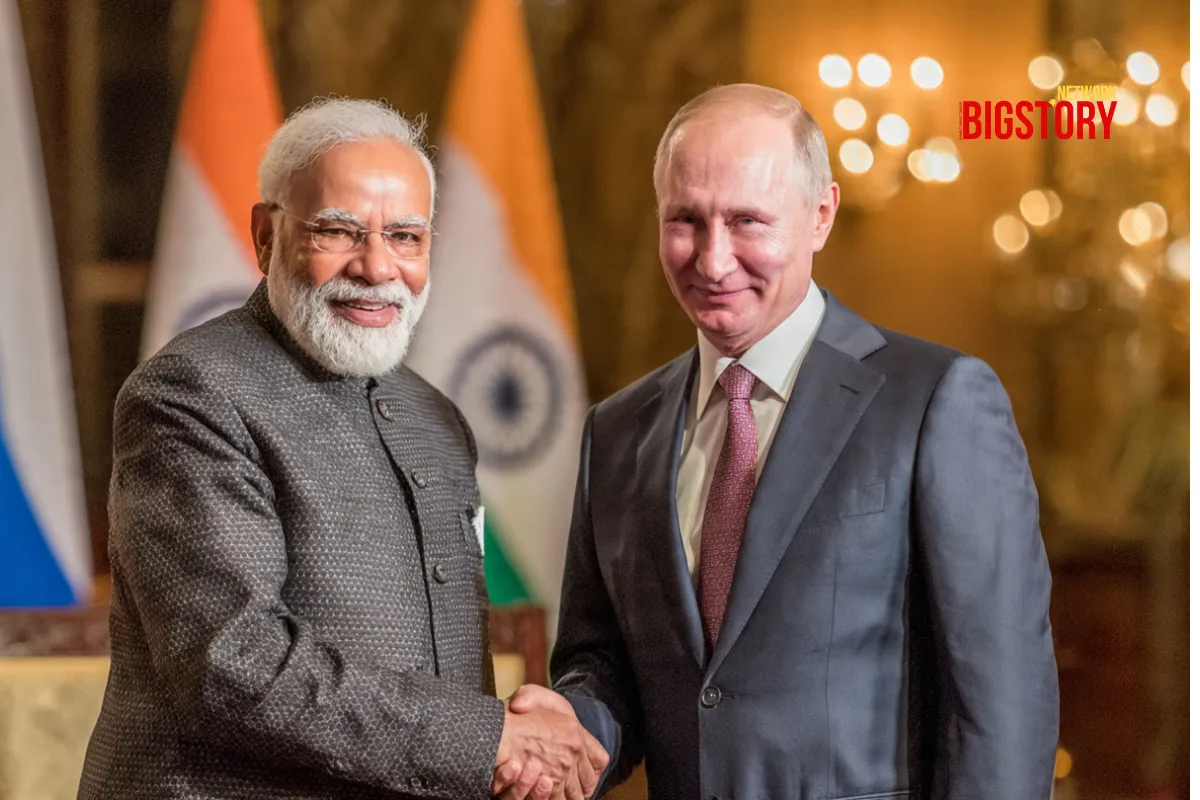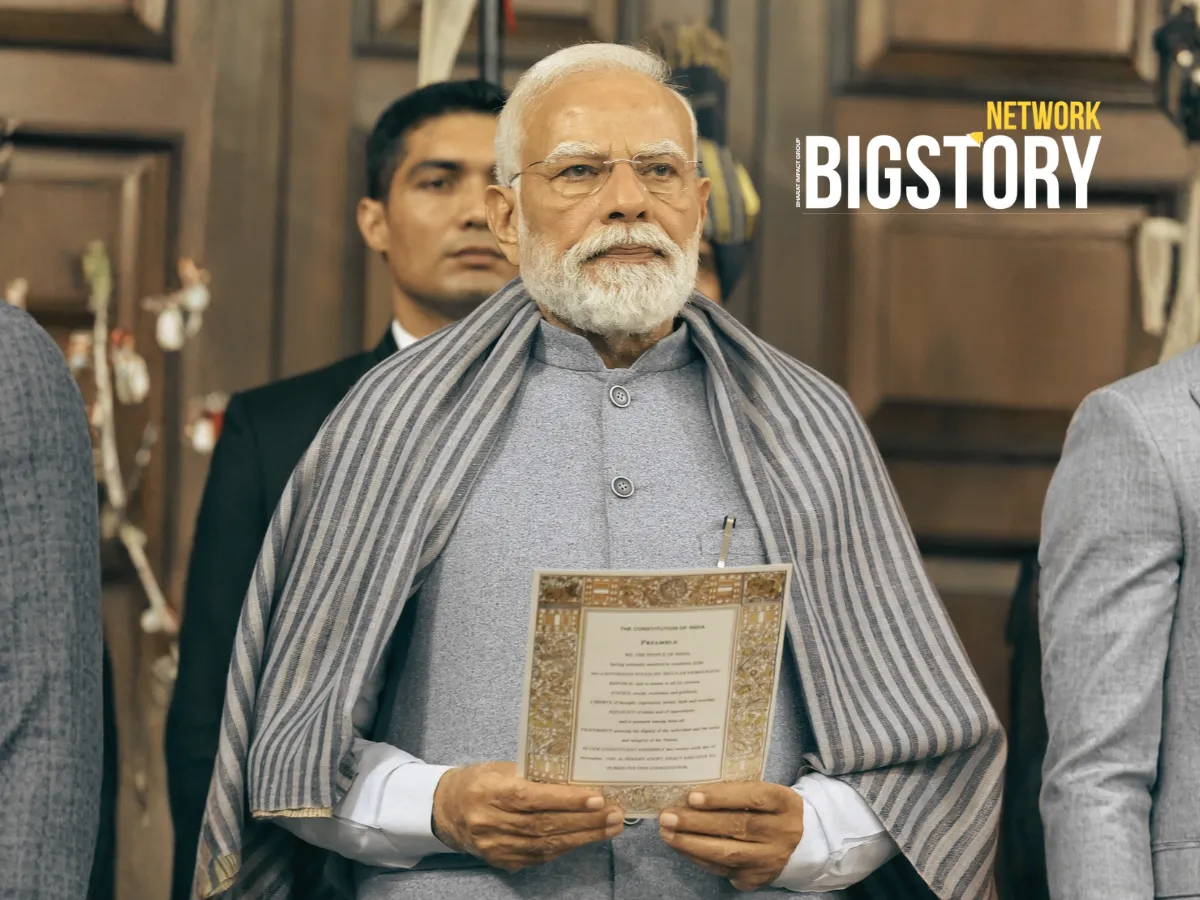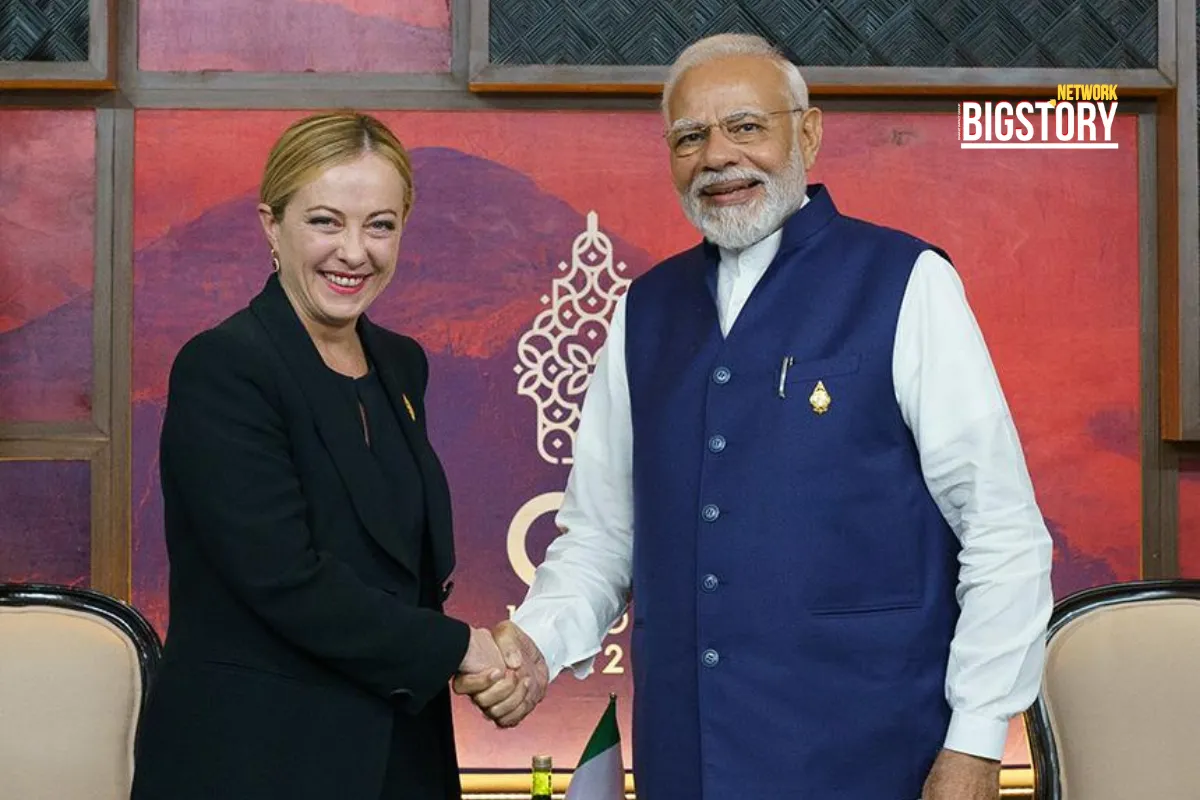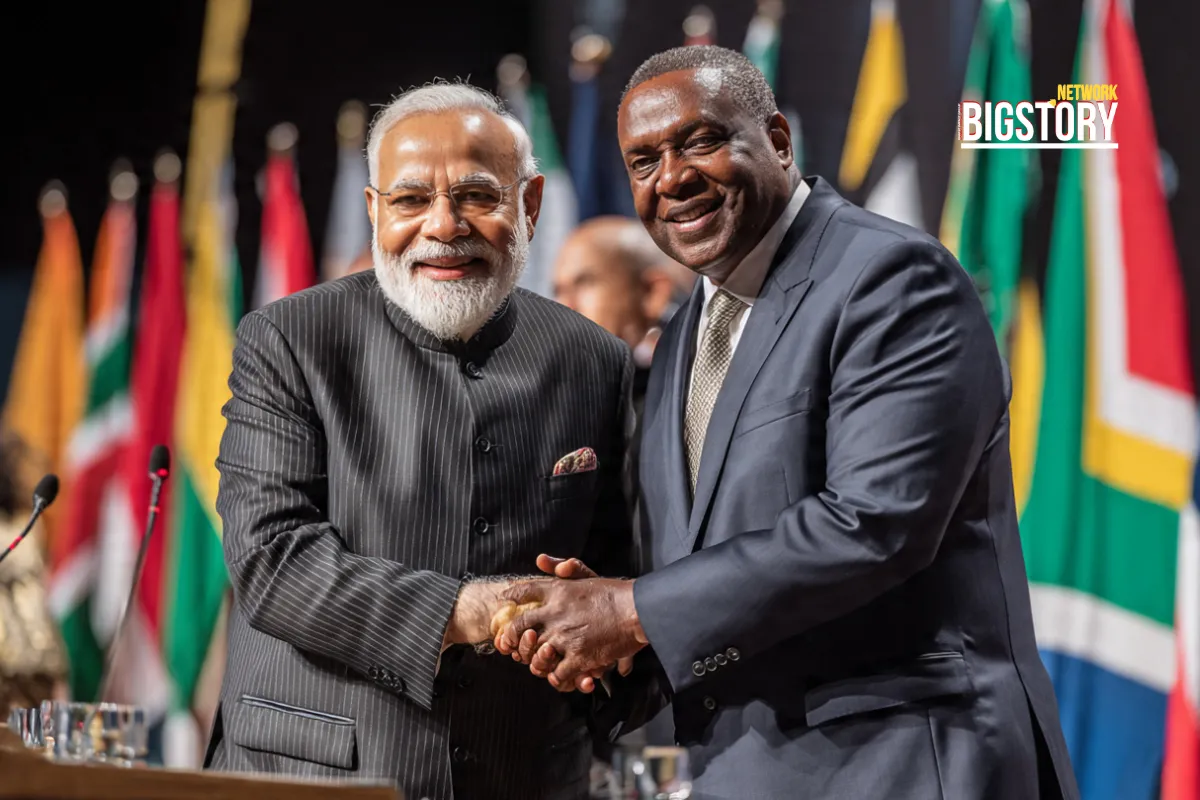Zelensky supports U.S. tariffs on India’s Russian oil trade after Modi–Putin SCO summit bonhomie. Analysis of global tensions and strategic autonomy.
 Sseema Giill
Sseema Giill
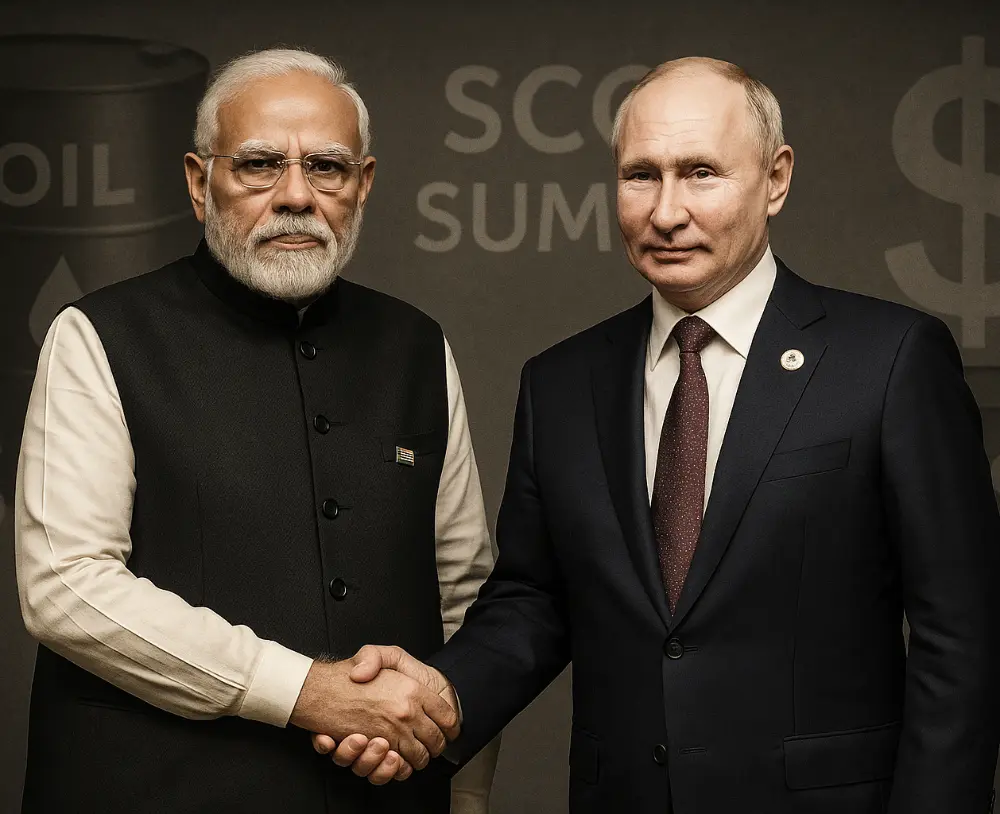
On September 7, 2025, Ukrainian President Volodymyr Zelensky made headlines by backing U.S. tariffs on countries that continue to trade with Russia. He singled out India’s Russian oil imports as a major concern.
In an interview, Zelensky said tariffs on nations dealing with Moscow were “the right idea.” He added that “energy is Putin’s weapon”, stressing that oil sales are financing the war in Ukraine.
This statement landed at a tense moment. The U.S. has imposed 50% tariffs on Indian exports, while New Delhi continues to buy Russian crude. Meanwhile, images of Prime Minister Narendra Modi with Vladimir Putin and Xi Jinping at the SCO Summit ignited a global debate.
The dispute over “Zelensky tariffs India Russia” reflects overlapping challenges: the Ukraine war, Washington’s pressure campaigns, and India’s attempt to balance energy security with global diplomacy.
The backdrop to Zelensky’s remarks was the Shanghai Cooperation Organisation (SCO) Summit in Tianjin, China, on September 1, 2025.
The summit produced striking images. Modi, Putin, and Xi walked hand-in-hand, smiling and laughing. Western commentators called it a “new world order” moment, showing the rise of a multipolar world where U.S. dominance faces competition.
The timing amplified the optics. Only days earlier, Washington had imposed its harshest tariffs on India in decades. To many, the Modi–Putin–Xi bonhomie looked like a signal: India has alternatives beyond the U.S. camp.
For Ukraine, the symbolism was troubling. Public warmth toward Moscow risks weakening sanctions. Zelensky’s September 7 remarks were, in part, a reaction to this show of unity.
India’s dependence on Russian oil has grown sharply since 2022. Before the Ukraine war, Russian crude was less than 0.2% of imports. By August 2025, it accounted for nearly 38% of total intake—about 2 million barrels a day.
The appeal is price. Discounts have saved India an estimated $12–17 billion in three years. For a country where oil is a top expense, these savings matter.
But this has led to friction. In late August 2025, the Trump administration imposed 50% tariffs on $48 billion worth of Indian goods, directly tied to Russian oil purchases.
India has rejected the move. Finance Minister Nirmala Sitharaman called the tariffs “unfair and unreasonable,” insisting that New Delhi would buy oil “wherever it suits our needs.” Officials also highlighted U.S. hypocrisy, pointing to $3.5 billion in U.S.–Russia trade in 2024.
This standoff underscores India’s policy of strategic autonomy. The principle is simple: decisions are guided by national interest, not outside pressure. That approach sits at the center of the “Zelensky tariffs India Russia” debate.
The Trump administration’s measures were designed to escalate pressure. First came a 25% reciprocal tariff, then another 25% penalty tied to Russian oil. Combined, they formed a 50% tariff wall, affecting sectors like textiles, jewelry, and auto parts.
Washington has also threatened tougher steps: 100% secondary sanctions. These would punish not only Russia but also any country that buys its oil. Analysts warn this “nuclear option” could trigger major oil price spikes worldwide.
Zelensky’s endorsement gave this policy new force. On September 7, he said: “I think the idea to put tariffs on the countries that continue to make deals with Russia… this is the right idea.”
By supporting the U.S. strategy, Zelensky underscored Ukraine’s priority: cutting off Russia’s energy revenues. His timing, just days after the SCO summit, reflected Kyiv’s frustration with India’s visible ties to Moscow. For Ukraine, India risks acting as Russia’s “release valve,” weakening the sanctions effort.
This is why the issue of “Zelensky tariffs India Russia” is more than economic. It sits at the crossroads of survival for Ukraine, strategy for the U.S., and sovereignty for India.
The tariffs dispute goes beyond oil. It is a test of India’s ability to manage multi-alignment in a fractured world.
On one side, India presents itself as a Global South leader, resisting what it views as Western coercion. On the other, it values its $130 billion trade relationship with the U.S., alongside defense and tech cooperation.
The SCO summit images captured this balancing act. Standing beside Putin and Xi signaled independence but also risked alienating Washington and Kyiv.
For Ukraine, tariffs are about sealing sanctions loopholes. For the U.S., they are a way to reassert global influence. For India, they show the costs of staying non-aligned.
Zelensky’s September 2025 statement was more than a passing remark. It was a call to tighten the economic squeeze on Moscow while sending a signal to nations like India.
The debate around “Zelensky tariffs India Russia” highlights the difficulty of navigating a multipolar world. For India, buying Russian oil is about affordability and security. For Ukraine, stopping those purchases is about survival. For Washington, tariffs are a tool to enforce choices.
The real question is not just whether tariffs will succeed. It is whether India—and others in the Global South—can continue balancing between East and West without being forced into camps. The outcome will shape not only the Ukraine war but the future of global order itself.
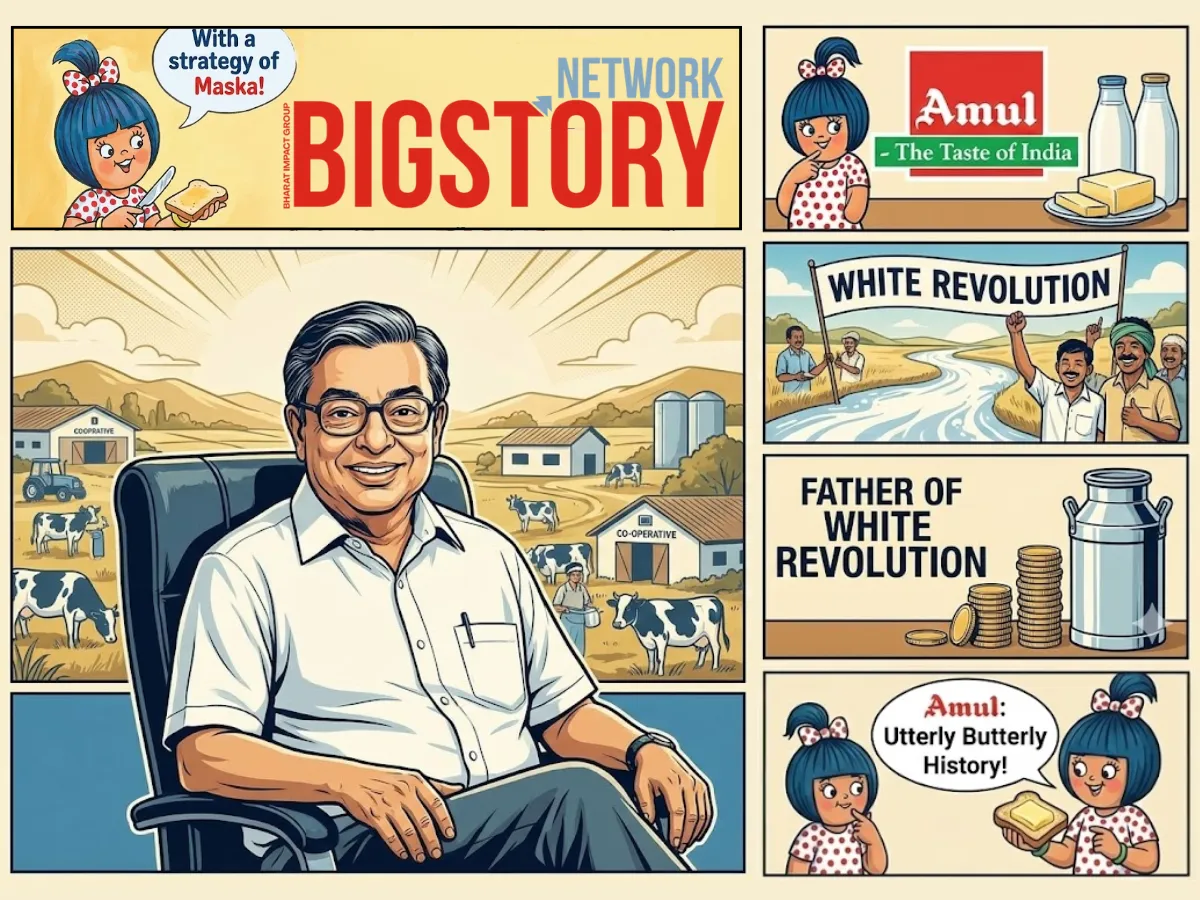
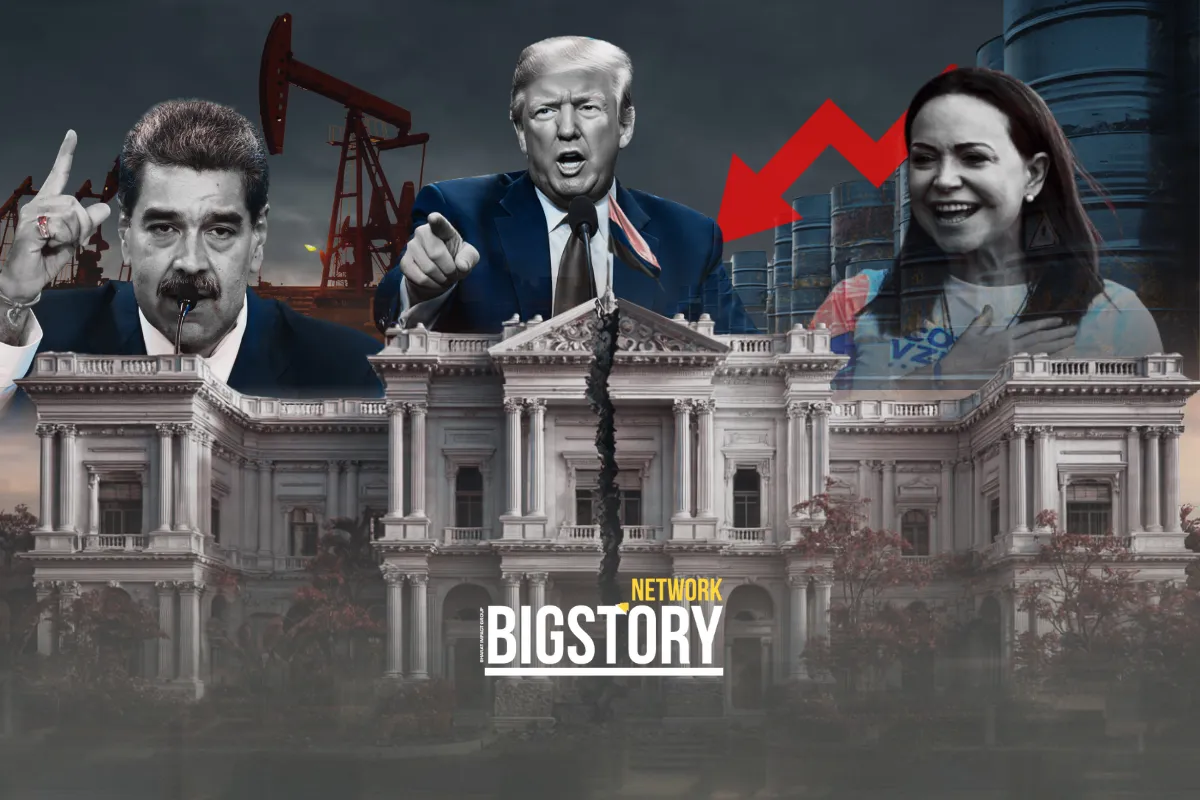




Sign up for the Daily newsletter to get your biggest stories, handpicked for you each day.
 Trending Now! in last 24hrs
Trending Now! in last 24hrs
